- Home
- Writing a Story
Steps to Writing a Story
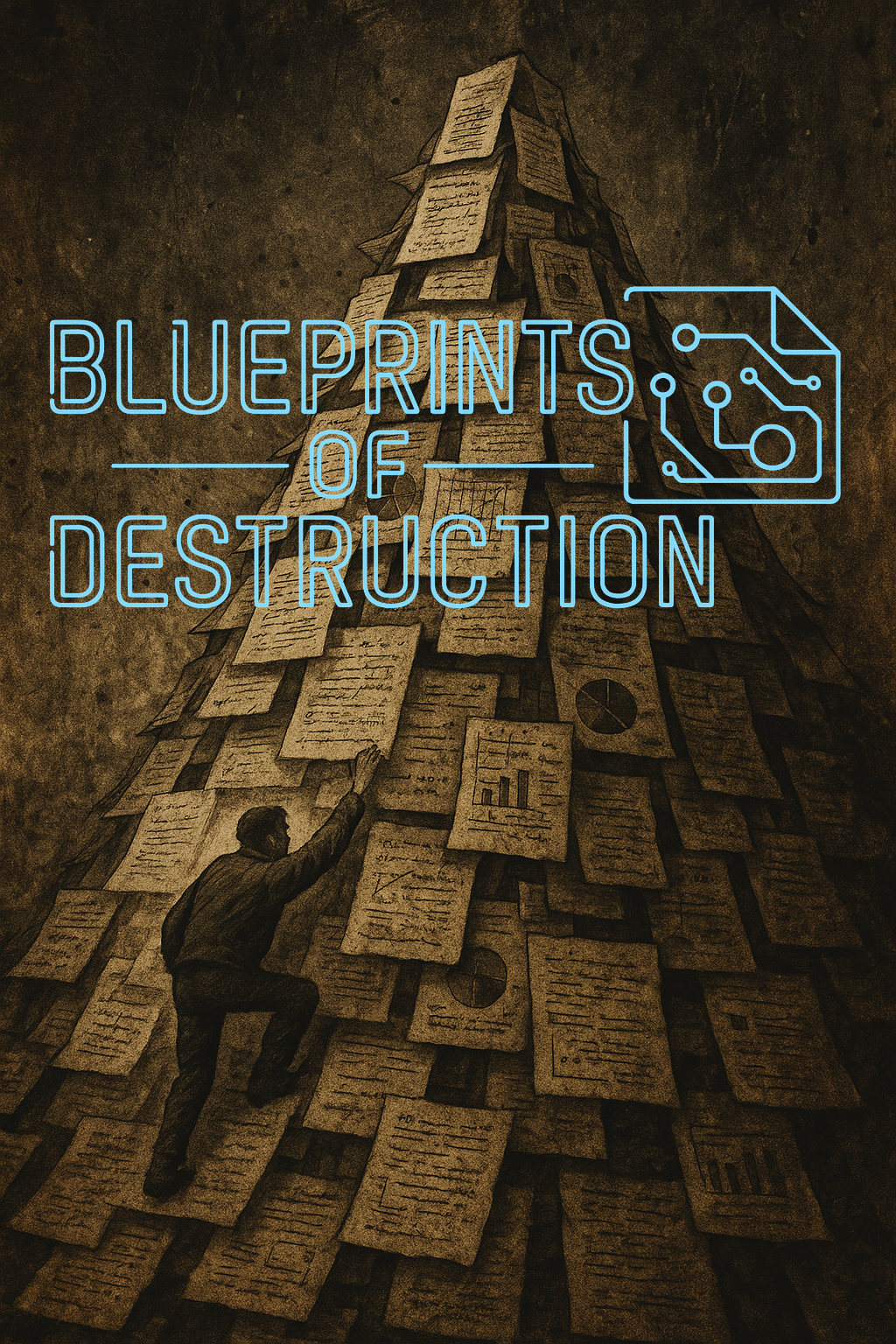
When initially sitting down to work through the steps to writing a story, the volume of tasks and complexities can seem like a discouraging mountain to climb. Where do you even begin? Combing through the enormous amount of information on the internet about the steps to writing a story can seem fruitless, and you can easily flush hours of your time down the drain as you struggle do decipher the good information from the bad. You have come to the right place! The process of writing doesn't need to be scary or difficult. When you break down the steps to writing a story into a more digestible form, you may actually find that the process can be fun.
The steps to writing a story can be broken down into many categories, but we are only going to focus on a few of the key components here. The steps we are going to be focusing on right now are:
Worldbuilding
Plotting
Words to Paper
The First Category of Steps to Writing a Story: Worldbuilding
While all three components are equally important, worldbuilding is arguably the most challenging component in the steps to writing a story. You won't be able to completely flesh out your initial concept if you don't take time to build the environment in which your story takes place. Before you throw words down, like painting your world onto a blank canvas, you need to have a solid grasp of the filter through which your characters experience their world. If this crucial initial step is not completed you risk painting yourself into a corner and, in a worse-case scenario, you may have to entirely scrap your manuscript and start over. Without putting in the behind-the-scenes work to breathe life into your world, your ideas will bleed away before they have the chance to be seen as the beauty they are.
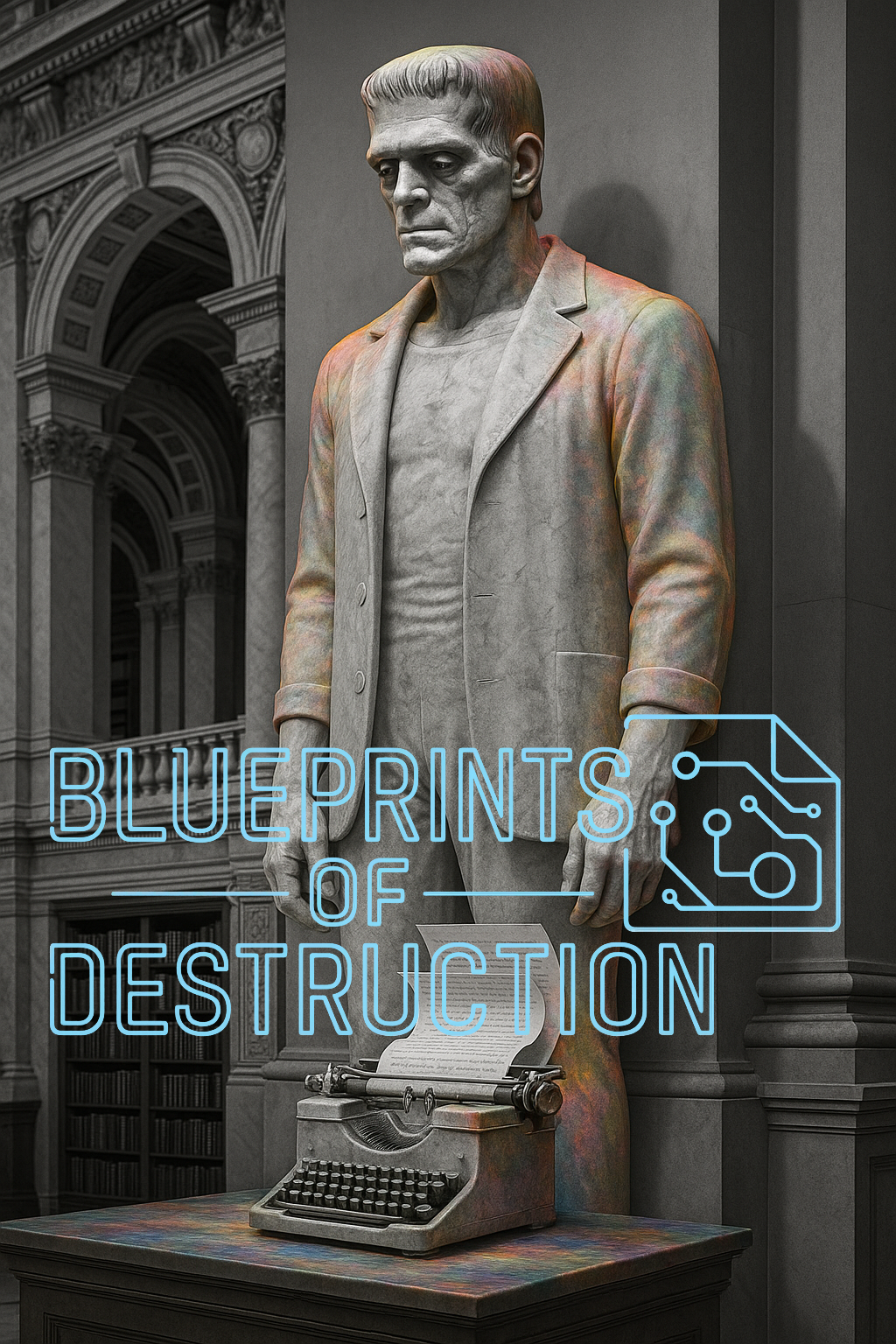
When worldbuilding (the first of these three steps to writing a story), it is important to remember the little details are what make or break a story. It is the difference between nearly tangible sensations, with colors and flavors seeping into the edges of a reader's imagination, or a dull and lifeless statue; a vague semblance of life, but lacking the blood and heartbeat that propels an exciting adventure into the corridorsof a reader's mind.
If you are interested in an example of PhranqenLu's worldbuilding, click here.
The Second Category of Steps to Writing a Story: Plotting
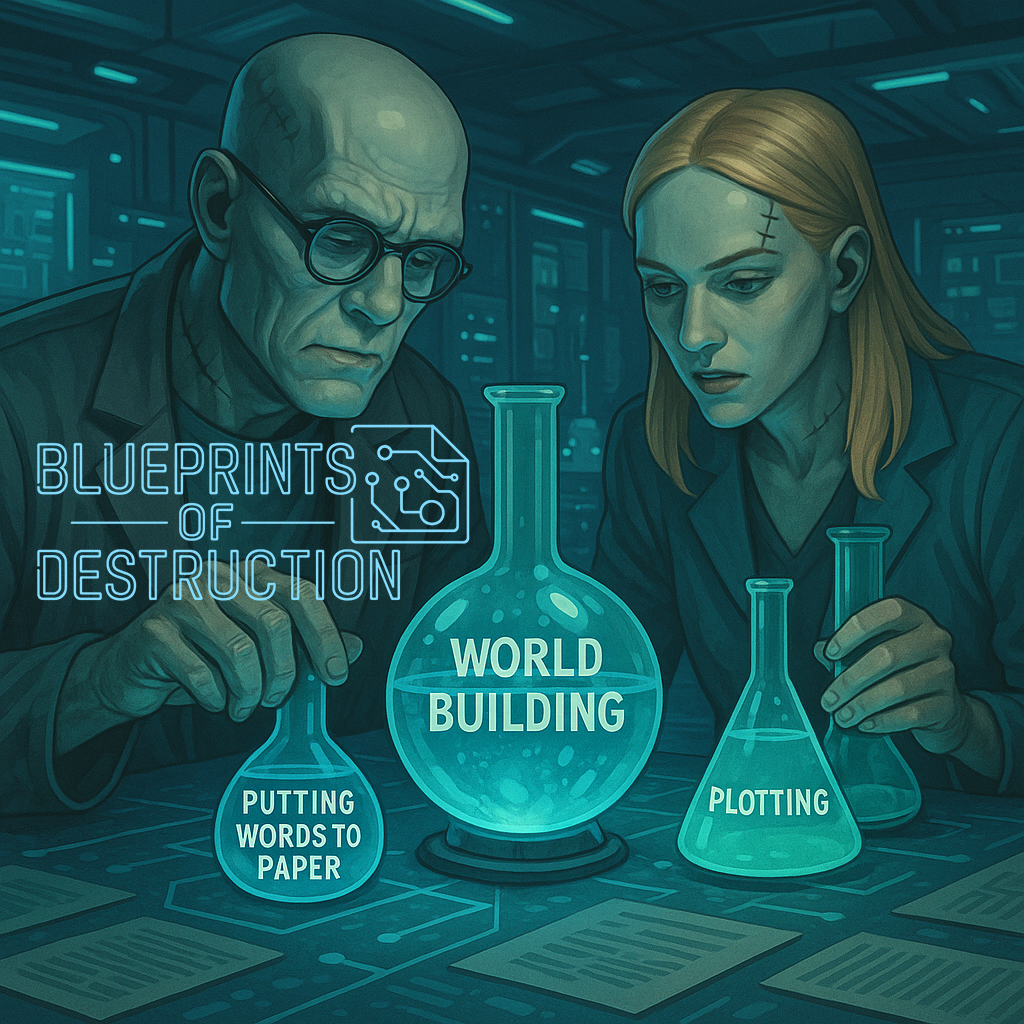
When you have built the world around your story, you can move on to plotting your story. This step can also be very intimidating. Whether you are looking to use a rather simple three-act structure, or one of the many more complicated structures for plotting a story, finding the method that is right for your character and story can be a difficult and trying process.
While no one person can give you the exact formula with a guarantee that their method will fit your story, it can be helpful to have clarification on whether a character-driven plot or a storyline-driven plot best suits your needs.
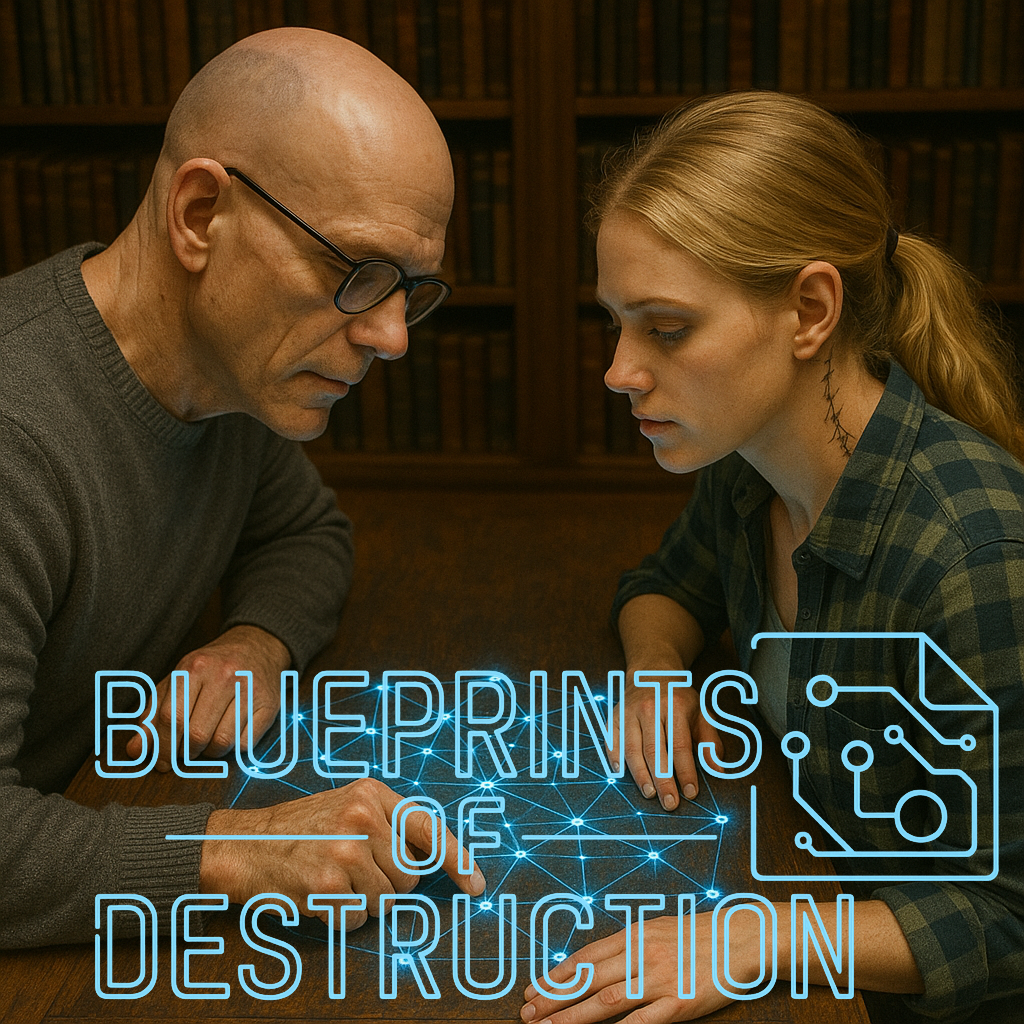
The Third Category of Steps to Writing a Story: Words to Paper
Without this final piece in the steps to writing a story, all of the work you have done is futile. The most ironclad worldbuilding, and the most detailed plot (triple-checked for plot holes) means nothing if you never sit down and write. While worldbuilding can be daunting, and plotting your story can be excruciating and mind-numbing, sitting down to write can seem like the most fearsome task of all.
If you are like many people, the fear that your work will be unlikeable can be an almost paralyzing thought. But in order to be a good author, you need to get over the fear of being a bad writer. It is very likely that you will spend weeks or even months agonizing over your writing. You can pour blood, sweat, and tears into your draft as you edit it to "perfection", only to return to your beloved creation and find you absolutely hate it.
This is a natural step in the process of being an author. If you complete this cycle over and over again, eventually you will begin to like and maybe even grow proud of your writing. You must get past the fear of hating your writing, in order to truly see the world you envision. One of the best outlets to get over this fear is to splash as many words over blank pages as you can. Before you know it, you will find a world which started in your mind, leaping off the page and into the hearts of your readers.
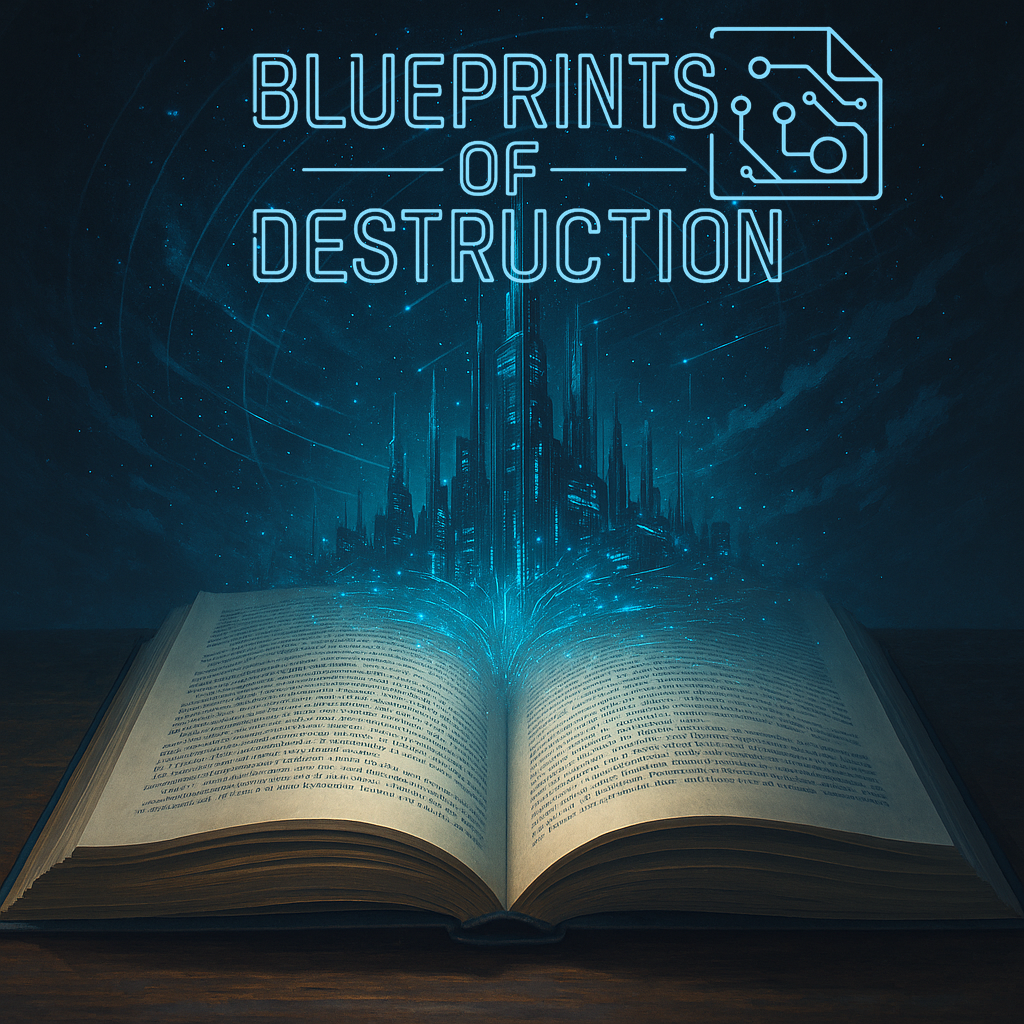
On a side note, the most important aspect (even though it wasn't in our list) in the steps to writing a story is to have fun. If you don't enjoy the process, you are setting yourself up for potential years of frustration. If you relax and take it one brush stroke at a time, your masterpiece will begin to form. With a bit of patience and hard work, you will get to watch the world you are creating spring to life.